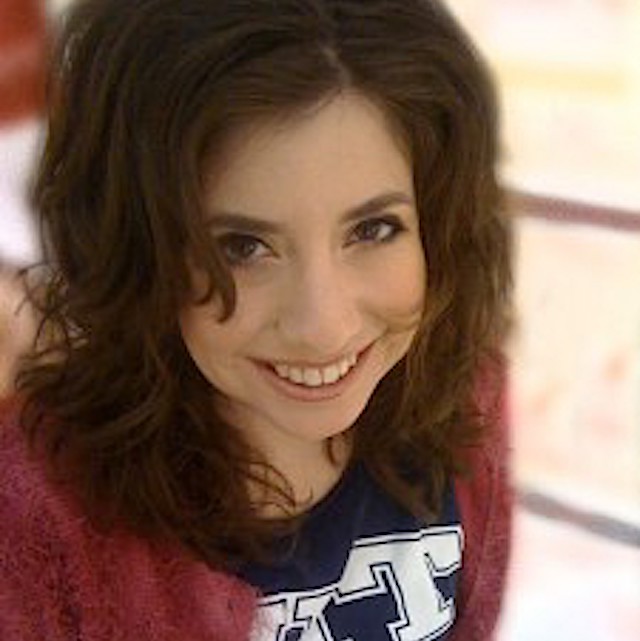 I remember the first time I thought I might not be White.
I remember the first time I thought I might not be White.
I was about 8 years old, in my elementary school’s cafeteria. We had been learning about heritage in class that day, and everyone in my Michigan hometown, it seemed, had ancestors who came from Denmark or Holland. They were all blonde-haired and blue-eyed. I remember a classmate turned around and looked at me and said, “What are you?” “I’m a kid,” I answered, confused. “Just like you.”
“No,” was the reply. “I mean, what are you? Are you Italian? Indian?”
I was confused. “I’m an American,” I said, proudly. I knew my mom’s family went back in this country a long time, and had fought in the Revolutionary War. Why would I be Italian?
As I grew older, I became hyper-aware of my dark hair and dark eyes. Everyone in town—and in my family, it seemed—was tall, blonde, and blue- or green-eyed. They all had little ski-jump noses. My nose was big, round, and wide.
But my dad was a tall blonde Dutchman, and my mom always checked “White” or “Caucasian” on my school forms, and—why would I question my parents?—so I grew up White.
Except for the many, many times, White people did not accept me.
It gnawed at me, the question I received more and more the older I got: “What are you?”
By high school, I knew I wanted to go someplace where I didn’t stand out because of my features. Someplace where people looked like me. I chose New York City, where I instinctively knew there were people who looked like me, and where, I thought, no one would ask, “What are you?”
Mas…In Spanish Harlem, they looked at me and asked: ‘What are you?’


